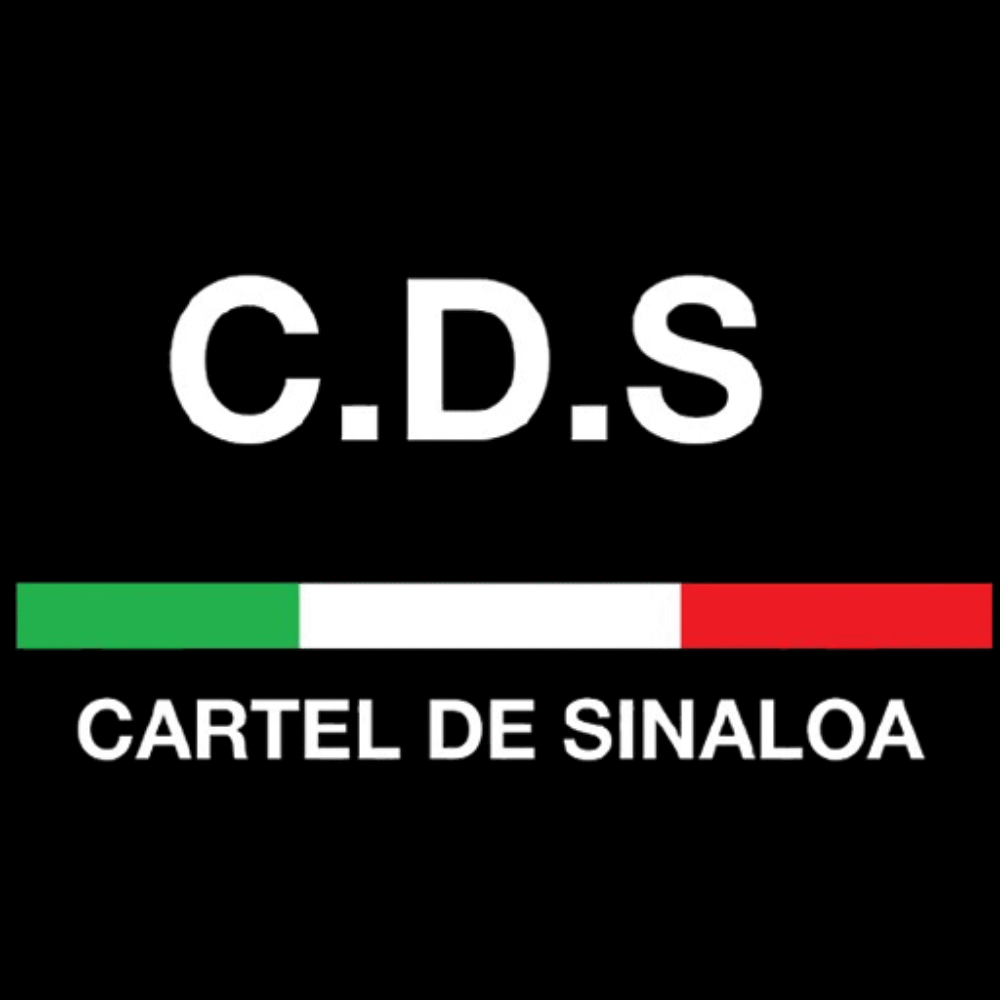Sinaloa Cartel Drug Supply Chain Explained
The Sinaloa Cartel operates one of the most efficient and complex drug supply chains in the world. Their global network moves massive quantities of cocaine, heroin, fentanyl, and methamphetamine from production to consumers with precision, using a system built on control, corruption, and innovation.
1. Production and Sourcing
The supply chain begins with sourcing raw materials and production:
- Cocaine originates from coca plantations in Colombia, Peru, and Bolivia, transported into Mexico by land, air, and sea.
- Heroin is produced from opium poppies grown in Mexico’s Golden Triangle (Sinaloa, Durango, and Chihuahua).
- Fentanyl precursors are imported primarily from China and India, processed into finished fentanyl in Mexican labs.
- Methamphetamine is synthesized in large-scale clandestine labs in Mexico, using precursor chemicals imported through global suppliers.
2. Processing and Refinement
Highly specialized cartel labs convert raw materials into pure, potent narcotics ready for distribution. The Sinaloa Cartel invests in advanced chemical processes to maximize yield, purity, and potency, giving their product a competitive edge in global markets.
3. Transportation and Smuggling
The Sinaloa Cartel utilizes diverse transportation methods to move drugs:
- Land routes across Central America into Mexico and across the U.S. border.
- Tunnels beneath the U.S.-Mexico border for discreet bulk movement.
- Maritime routes using speedboats, fishing vessels, and semi-submersibles.
- Air routes using small aircraft, drones, and commercial cargo flights.
- Ports for international shipping hidden inside legitimate cargo.
4. Corruption and Protection
Corruption is deeply embedded in the supply chain. The Sinaloa Cartel bribes law enforcement, customs officials, and politicians to secure safe passage at key transit points. These relationships ensure minimal interference during drug movement.
5. Distribution Networks
Once inside the U.S., Canada, Europe, or Asia, the cartel relies on local distributors, affiliated gangs, and sophisticated logistics to move product to retailers and street-level dealers. Distribution hubs in major cities manage large volumes while maintaining tight control to avoid detection.
6. Money Laundering and Profits
Profits are laundered through complex financial networks, real estate investments, shell companies, and cryptocurrency channels. These operations allow the cartel to reinvest in production, logistics, and corruption, sustaining the entire supply chain.
Conclusion (Sinaloa Cartel Drug Supply Chain Explained)
The Sinaloa Cartel’s drug supply chain is a highly organized, multi-layered system designed for efficiency and secrecy. Their ability to control every phase—from production to international distribution—ensures continued dominance in the global narcotics trade. Understanding this supply chain is crucial for efforts aimed at dismantling their network and cutting off the flow of illicit drugs worldwide.


